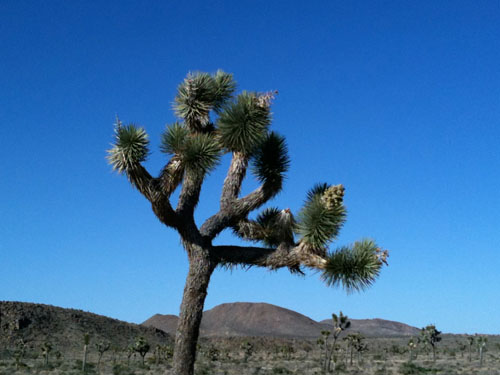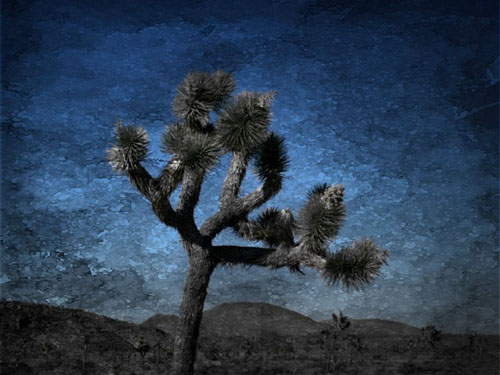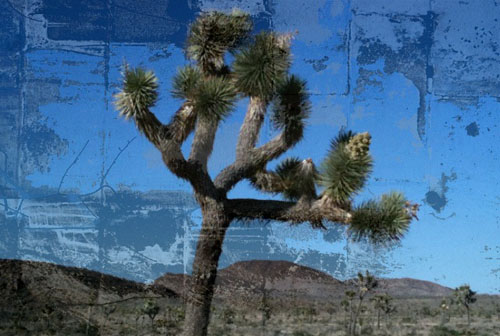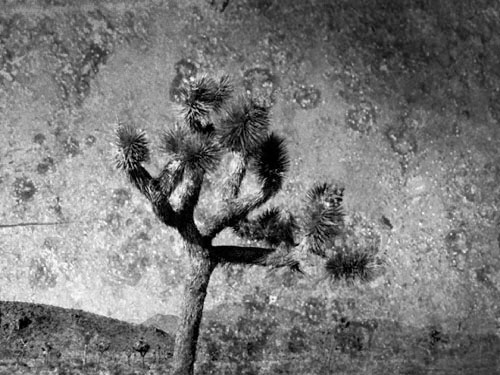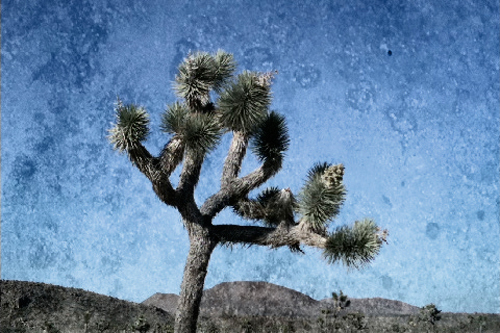
Stress can be good for your images. The analog materials used in painting and photography, often add rich textures that can enliven images. Throughout the history of art, drips, scratches, cracks stains, grain, vignetting, light leaks, fading, erasure and other analog artifacts have all been successfully used to add a compelling character to many images. Far from being something to be avoided, these effects can become a creative wellspring you can draw from time and time again.
Distress your photographs a little and you can make contemporary photographs look antique. Distress your photographs a lot and you can make photographs seem like they were made with other media - pencil, ink, paint, etc. The same effects and sensibilities can also be applied to and enhance images made by hand, with paint or with painting software, or computer rendered, whether 2D or 3D.
Stress can do a lot for your images.
Distressing your images can unify combinations of different images, especially those created with different media or software - photographs, drawings, diagrams, text, etc.
Distressing your images may reduce detail, hiding or making them ambiguous. Everyone loves a mystery.
Distressing your photographs, can obscure typically undesirable JPEG artifacts, such as jagged lines, posterization, and highlight and shadow clipping.
Distressing your images can make them look and feel more spontaneous and unpredictable.
Sometimes the simplest effects are the most compelling. For instance, vignetting always directs the attention of the viewer more strongly to specific areas of an image. But when it comes to adding texture, typically the more complex and random the texture the more successful it is. If a texture is too regular it can appear predictable and artificial. Random textures have always been highly stimulating; they activate our inherent tendency to create order out of chaos. Adding a little chaos into your images makes the act of looking at them more active and dynamic; often it involves the viewer more.
Complexity and unpredictability stimulates creativity. Leonardo Da Vinci often threw paint laden sponges at walls to create random textures which he used generate ideas. For Jackson Pollock the texture became the final image.
When does a stylistic device become a gimmick? Sure, it looks good once, but how many times can you look at a given effect? If the effect tires you quickly, quickly move on. If the effect continues to fascinate you, time and time again, stick with it. The best stylistic devices transcend style and guide viewers to looking in specific ways.
How far should you go? There's no easy answer for this. Experiment. Use your best judgment. You'll find that you won't know if you've gone far enough until you've gone too far. So allow your self to fail, frequently; learning from each failure will lead to future successes. The trick is not to make the same mistake twice. Doing this initially may seem inefficient but in the long run it's highly efficient and can lead to results you'd be unlikely to find any other way. So do what Brian Eno does, "Go to an extreme. Then retreat to a useful position." The challenge is to find the perfect balancing point, where an effect enhances but doesn't overwhelm content.
There are many iPhone Apps that can distress your images. Here are several examples of distressing effects that may add a compelling dimension to your images. (Remember, you can use all of these effects in combination with effects in other Apps to generate additive effects or reduce an effect by layering it with the original image.)
1Unprocessed image
2PhotoForge's Watercolor
3PhotoForge's Oil Painting
4PhotoFinish's Grunge
5GothPix
John Paul Caponigro is an environmental artist and author, who leads workshops, seminars, and lectures internationally. Learn more at www.johnpaulcaponigro.com.
